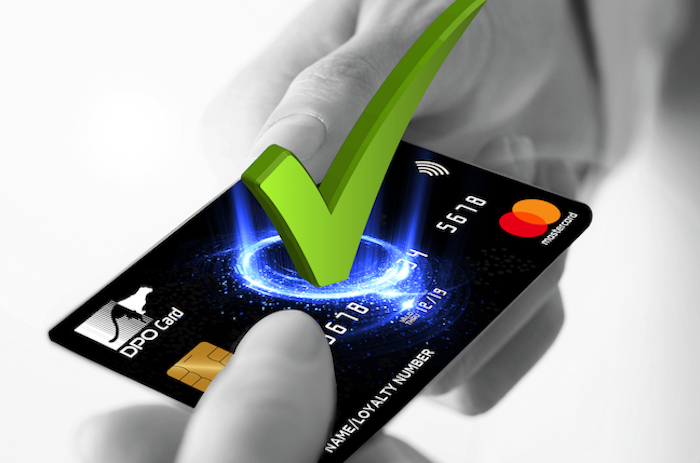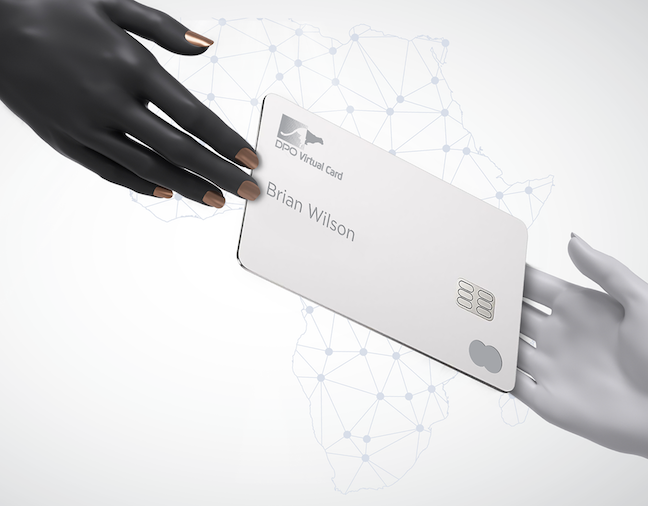2020 is (finally) coming to a close. The world saw many dramatic shifts as ways of interacting and doing business were turned on their head. Let’s look at a recap of the world of payments in 2020, and which types of payment technologies played key roles this year.
Easy Payment Methods
Restrictions in socializing and lockdowns of stores and businesses came a rise in the use of quick and easy payment methods, with customers picking up food or goods at the curbside and taking them back to their homes. Shifts in shopping habits also led to shifts in payment types.
Shops that were equipped to receive payments with NFC (chip cards) were able to offer their customers a tap-and-go payment option using their card of choice. eWallets are also popular (and predicted to account for 52% of payments made globally by 2023), offering shoppers the opportunity to tap their mobile device for payments of goods and services. In a period of restrictions for driving times and distance between one another, this allowed customers to visit their favourite stores, use their preferred cards, and do it all with ease and safety in mind.
Prepaid Cards

The use of prepaid cards saw a rise, as cash became much less feasible this year. With so many online and prepaid purchases, cards saved the day for those who typically favored cash payments.
Prepaid cards have the look, feel, and functionality of a standard Visa or MasterCard, with one key difference: the balance on the card is set by a prepayment of funds. Rather than applying for a line of credit, cardholders can transfer cash to the balance of the card and have all of the benefits (and security) of credit cards.
Prepaid cards are also being used in payroll environments. Rather than printing checks for employees, accounting departments issue prepaid cards to those on the payroll and simply transfer funds to the cards in each pay cycle. These funds are made available immediately – no need to visit the bank to deposit, or wait for checks to clear.
Virtual Cards

Another popular (but often, lesser-known) presence on online and digital payments is the virtual card.
Virtual cards are 16 digit purely-digital credit cards that are created for a single transaction, for a single and predetermined amount. These “cards” are typically generated either directly from the issuing bank to complete a transaction, or through an eWallet payment app, such as Google Pay, Apple Pay, or similar applications.
Used for single purchases or recurring payments, virtual cards make it easy to make secure payments with predetermined conditions. Since these cards are canceled once their terms – such as the number or payments in a cycle – are reached, they are highly secure and cannot be duplicated. With the rise of eWallet usage in 2020, consumers who “tap-and-go” with their mobile devices have used virtual cards regularly, without even knowing it!
Virtual cards are also used in business-to-business payments, allowing the secure processing of payments between two entities. A business who has taken inventory to sell or technical support for their infrastructure, for example, pays these invoices using virtual cards.
eCommerce Expansion
With the shift in global economics due to COVID restrictions, 2020 saw many formerly physical-only businesses moving online to offer their products and services, resulting in spikes in online sales through websites and apps. eCommerce is of course nothing new in this year, but one rise we saw was in the development of new eCommerce platforms, and added functionality on websites to support the needs of customers and merchants alike.
Many merchants who brought their business online in 2020 were formerly non-technical, and new to the realm of eCommerce. Payment Service Providers (PSPs) answered the call for comprehensive and secure online commerce platforms that were easy to set up and manage.
Many PSPs such as DPO set up online platforms for their merchants, supporting them to easily add products and services, accept secure payments, and arrange delivery (or pick up) of items. By making these platforms accessible to merchants who otherwise may not have brought their business online, PSPs helped businesses to protect themselves from revenue loss and downtime.
